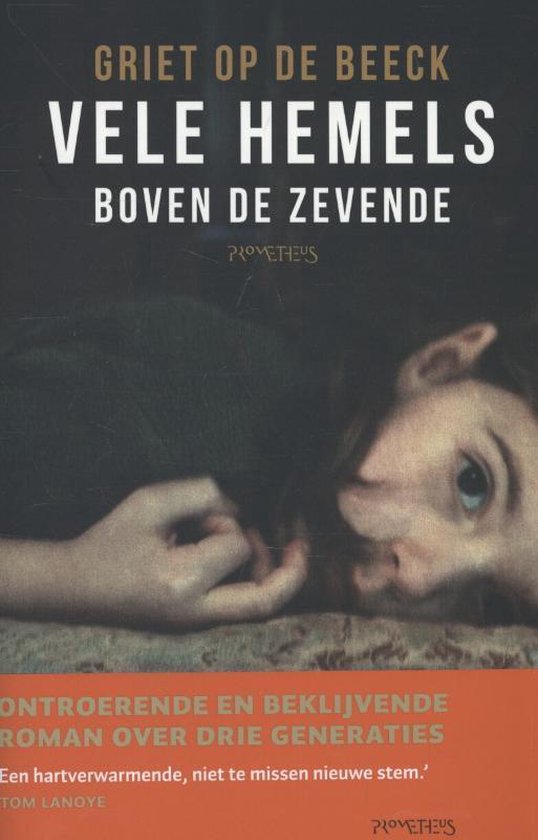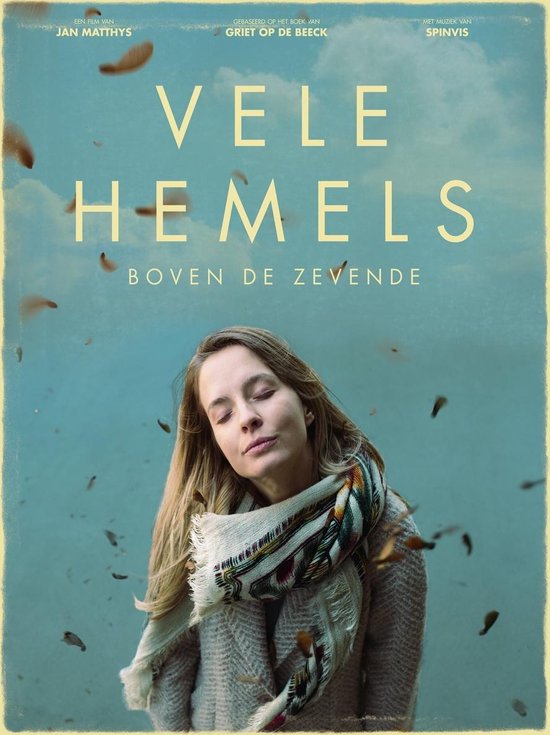

They should not be loud, or be angry, or be feminist. She’s working here on the idea that we put expectations and narratives on young girls’ lives that tell them they should not.

I read this in preparation for introducing the film Women for International Women’s Day. Of course, if you want to hear what she sounds like reading this book, you can also go watch the TEDTalk that it’s based on. After seeing Chimamanda give a talk in Utrecht in January, I could hear her voice. We Should All be Feminists by Chimamanda Ngozi Adichie I’d recommend it to anyone who wants a deep understanding of not only what Leonardo created but his personal drives. This is a dense piece, but rewarding to read. They all worked together and he synthesized as few before or after have ever managed. To him, there was no difference between art and anatomy and geology. He was the ultimate life-long learner, endlessly curious, and uninterested in the categories of knowledge we often allow ourselves to feel bound by. But reading through Isaacson’s biography, Leonardo’s life was in fact all about the process. Looking back on his work, we tend to frame it in finished products and projects, tangible results.

The organization is both chronological and thematic, meaning that Isaacson addresses a theme at a particular moment in Leonardo’s life and then might move on to another theme in the next chapter that overlaps in chronology with the chapter before. Leonardo Da Vinci by Walter Isaacson is an extremely thorough account of Leonardo’s life.

In the order in which I finished reading them, here are my thoughts. Each of these books packed a punch, albeit in vastly different ways. My reading was all over the map in March.


 0 kommentar(er)
0 kommentar(er)
